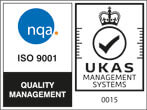Pin 8 of the RS232 interface on the rear panel is used to receive the external trigger input signal. When it receives a high level signal (≥ 2.1 V, 10 mA), the channel output will be turned on. If 8 volts or greater is applied damage to the power supply I/O circuit can result.
DP800 Timer File Format
The DP800 can load Timer files that are created externally, these timer files need to be saved as CSV files and can be created using Excel. Below shows an example of a timer file. Note that the file cannot exceed 2048 steps.
| Step | Time(s) | Volt(V) | Curr(A) |
| 1 | 1 | 3.3 | 0.01 |
| 2 | 600 | 6.3 | 0.1 |
How to use the Timer Function on the DP800
The timer function can be used on the DP800A or the DP800 series if a Timer option has been installed.
To create a Timer file on the instrument, press the “Timer” button and then press “Timer Set”. Once you are in the Timer Set to enter a value you need to press the “Parameter” then to navigate to your desired cell use the arrow buttons to the right and then use the number pad to enter your desired value. Increase the number of Steps use and to navigate through the Steps use the up and down around on the display.
To save a timer file arrow over to the second page of the Timer Set menu and then press save and with in this menu you will be able to save the Timer file either internally or onto a flash drive.
To load the timer file from the Timer Set menu arrow over to the third page of the Timer Set menu and then press the back button. Next turn on the timer and the power supply will start to step through your desired current and voltage requirements for each step.
Serial Cable for the DP700 series Power Supply
The DP700 series power supplies have a single serial I/O port. If you plan on programming the DP700 power supply from a PC you will need a USB to serial cable.
An example is pictured here:
This particular cable is from Trendnet and has TU-S9 printed on it and has a male serial connector. It’s approximately 26” in length. A search for “Trendnet TU-S9” will bring up multiple sources to order from. The DP700 power supplies have a female serial connector so a gender changer will be necessary accessory as well.
MC3065 DMM Module is not recognized by the M300 mainframe
The Rigol MC3065 DMM module is designed for use with the RIgol M300 switch/DMM data acquisition
system.
If the MC305 module is not recognized, there are a few steps that can help to isolate the cause of the
problem.
1. Check the MC3065 connector for obstructions and remove them, if applicable
2. Check the M300 slot for obstructions and remove them, if applicable
3. Re-insert the MC3065 into the slot and check for recognition
4. If the MC3065 module is not recognized, check the fuse (AC250V F3.5M) located on the back panel..
replace it if it is damaged or missing:
To check for recognition of any module, press Utility > Detect. This will open up the module test
window.
If everything is correct, it should appear as below:
How do I convert Anysensor (*.xsda) DMM Data to CSV?
The attached software and instructions can be used to convert Anysensor (*xsda) data to CSV. Software has been tested on Win XP, Win 7 32 and 64 bit Operating Systems.
DMM RS-232 Communication
RIGOL DMMs require a Null Modem Cable connection.
Each line should terminate in a carriage return followed by a line feed (“/r/n”)
These settings should enable you to connect to the DMM in Serial mode.
How do I find the serial number and firmware revision of my DM3058 or DM3068?
Here are the steps for determining the serial number and firmware revision of your DM3000 series of DMM. 1. Press the Utility button
2. Press the T/C softkey
3. Press the Info softkey
NOTE: You can use the Range Up and Down arrows to move through the various items in the display
How do I view the full version information for the DM3068?
Follow the steps below:
1. Press ‘Utility’
2. Select ‘T/C’
3. Hold the fifth key for 3s to show the ex version
4. Hold the same key for 3s to hide the ex version
DM3068 LabVIEW example code for maximum data rate
The DM3068 is capable of a reading rate of 2000 readings/sec when controlled via USB, Ethernet, or serial bus.
This article provides the sequence of commands to enable DCV measurements at the fastest rate.
The LabVIEW 2010 VI allows remote programming of the instrument for fast data collection. You can download the software file here.
We created DM3068FastData.VI to allow users to remotely program Rigol DM3068 Digital Multimeters. It is built using LabVIEW 2010 and utilizes National Instruments VISA for communication over USB.
The program allows users to select DC Volts or DC Current and acquire data as quickly as possible (2K readings/sec).
Steps:
1. Connect power cord to instrument
2. Connect USB cord to instrument and PC. The PC should recognize the DMM and notify you that a new Test and Measurement Device (IVI) has been connected.
3. Connect the DMM to the circuit or device of interest.
4. Select the instrument of interest from the VISA Resource Name Drop down
5. Select the Measurement Function of interest
6. Select the NPLC’s (Measurement integration rate) and number of measurements
7. If you would like to save the data, check the “Save Data?” checkbox. This will allow you to select the location of the saved Text File.
8. Once the instrument is configured for the measurements, just press the LabVIEW Run arrow to run the program.
9. Then press “RUN” to execute the commands.
10. As the instrument collects data, it will place the new readings in the Data indicator.
11.After the instrument has performed all of the measurements selected, the program will finish. If you have selected the “Save Data?” option, select the location and enter a file name with either TXT or CSV as the extension to save. NOTE: If you cancel the data save, a LabVIEW error will appear.. press continue.
File Format: The saved file is formatted with the date, time, and function header followed by comma separated readings.
Figure 1: A test file saved as a *.TXT file.
If you open the file using a spreadsheet program such as Excel(c) or OpenOffice Calc, you can disable all of the delimited values:
DM3068 LabVIEW 2010 example of basic function measurements
We created DM3068Basic.VI to allow users to remotely program Rigol DM3068 Digital Multimeters. It is built using LabVIEW 2010 and utilizes National Instruments VISA for communication over USB.
The program allows users to select from a number of basic instrument functions, like DC Volts, AC Current, and resistance. It also allows the user to define a number of readings to return as well as a delay, or dwell, between measurements.
In this way, a user could collect data over a specific time frame with data points collected on a defined interval.
Steps:
- Connect power cord to instrument
- Connect USB cord to instrument and PC. The PC should recognize the DMM and notify you that a new Test and Measurement Device (IVI) has been connected.
- Connect the DMM to the circuit or device of interest.
- Select the instrument of interest from the VISA Resource Name Drop down
- Select the Measurement Function of interest
- Select the number of measurements and measurement delay
- If you would like to save the data, check the “Save Data?” checkbox. This will allow you to select the location of the saved Text File.
- If you would like to save the data, check the “Save Data?” checkbox. This will allow you to select the location of the saved Text File.
- Then press “RUN” to execute the commands.
- .As the instrument collects data, it will place the new readings in the Data indicator.
- After the instrument has performed all of the measurements selected, the program will finish. If you have selected the “Save Data?” option, select the location and enter a file name with either TXT or CSV as the extension to save.
File Format: The saved file is formatted with the date, time, and function header followed by comma separated readings
If you open the file using a spreadsheet program such as Excel(c) or OpenOffice Calc, you can disable all of the delimited values:
















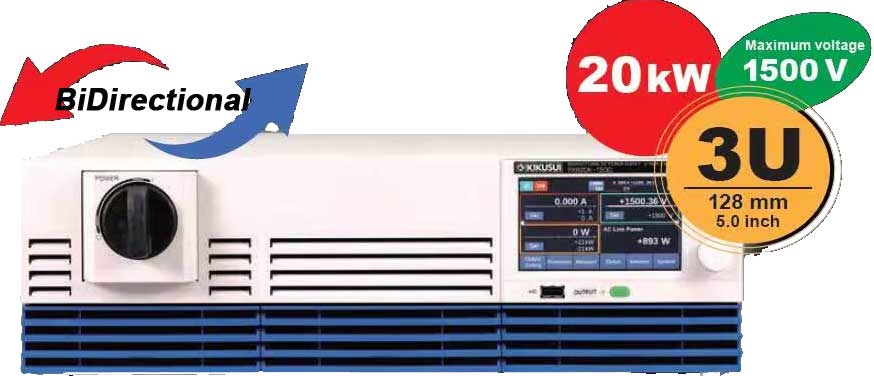





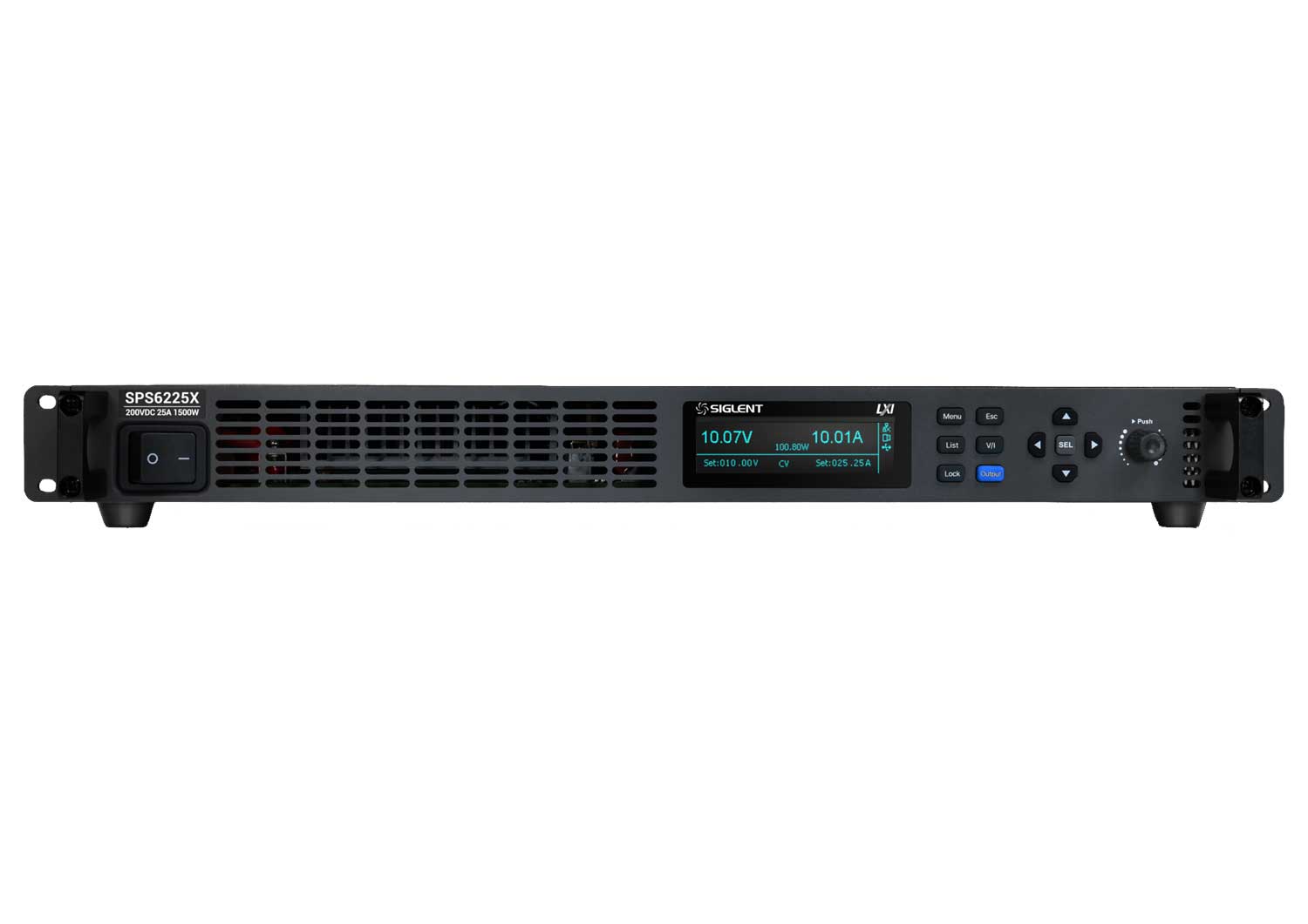

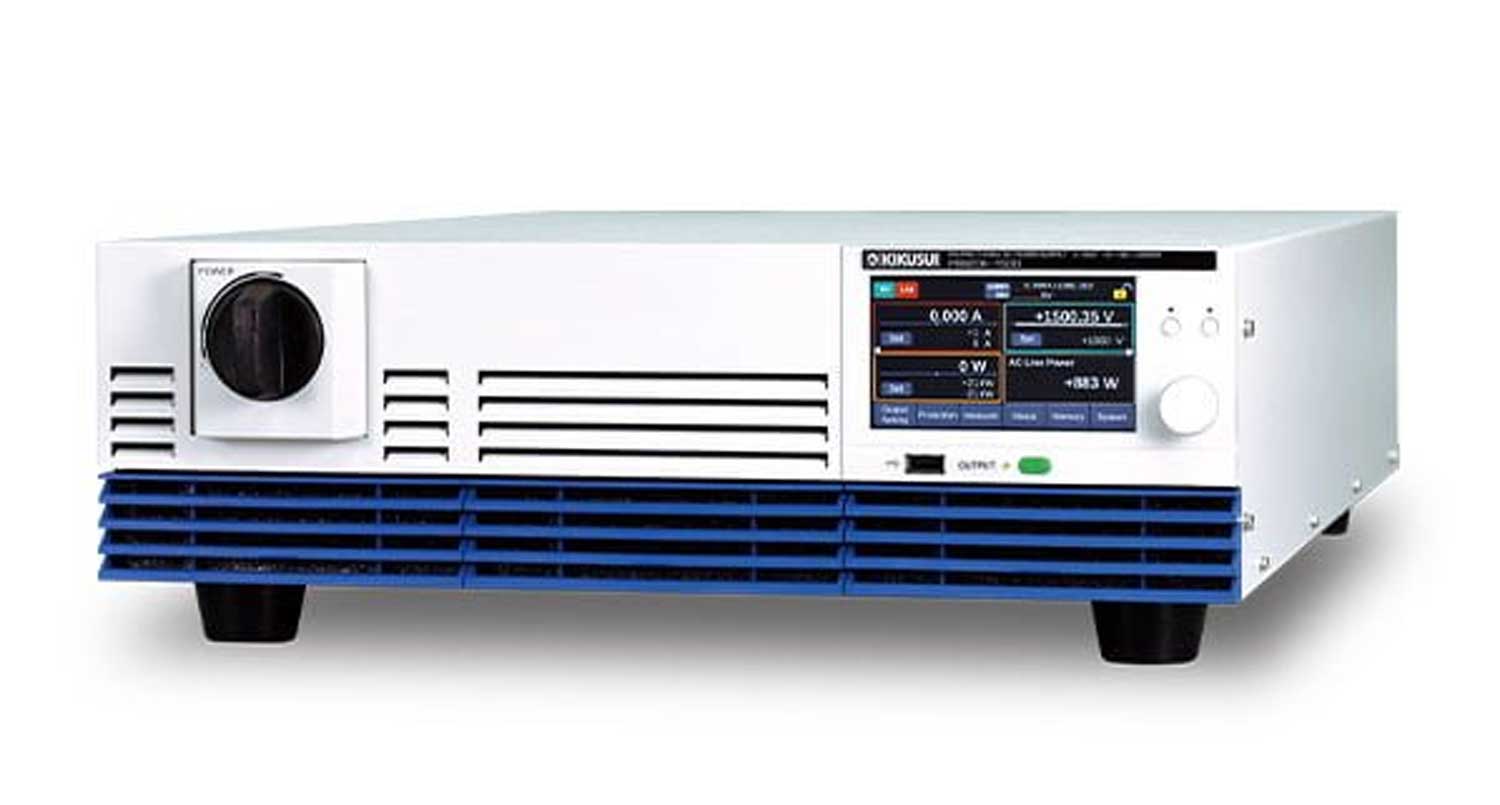
















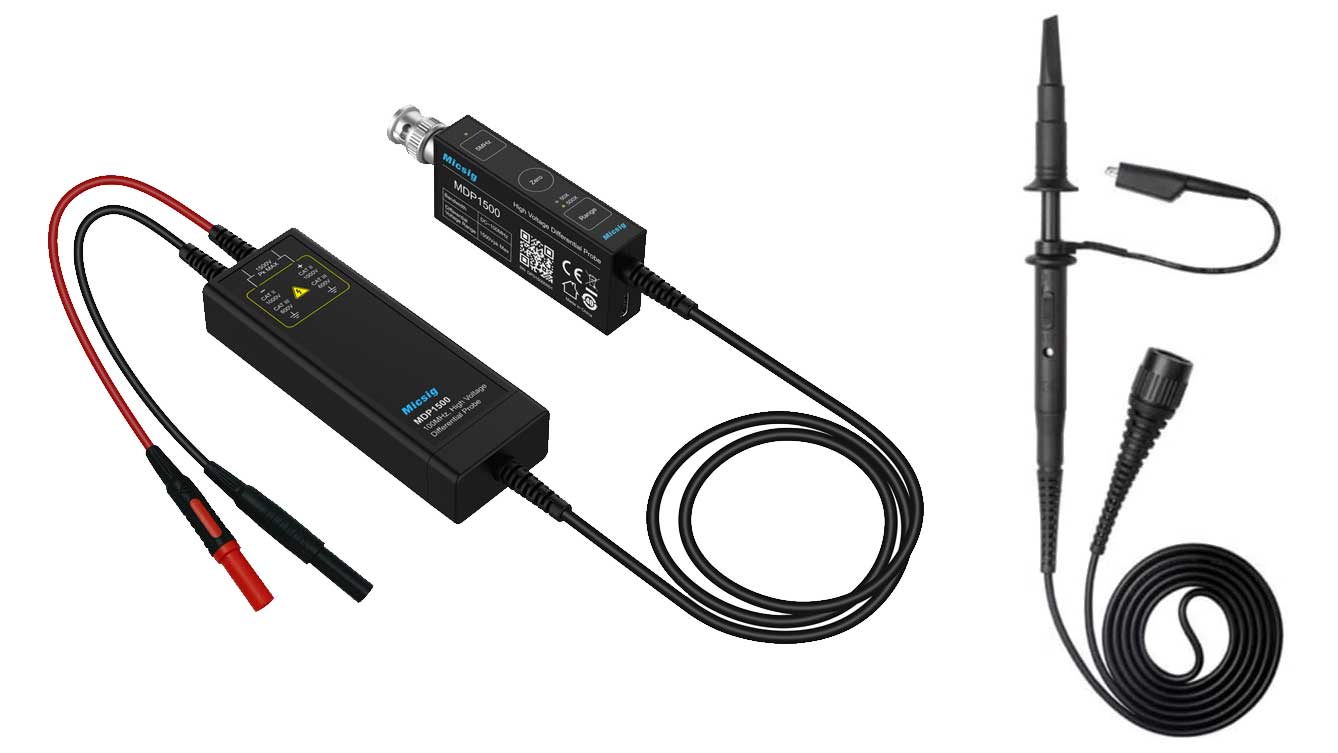









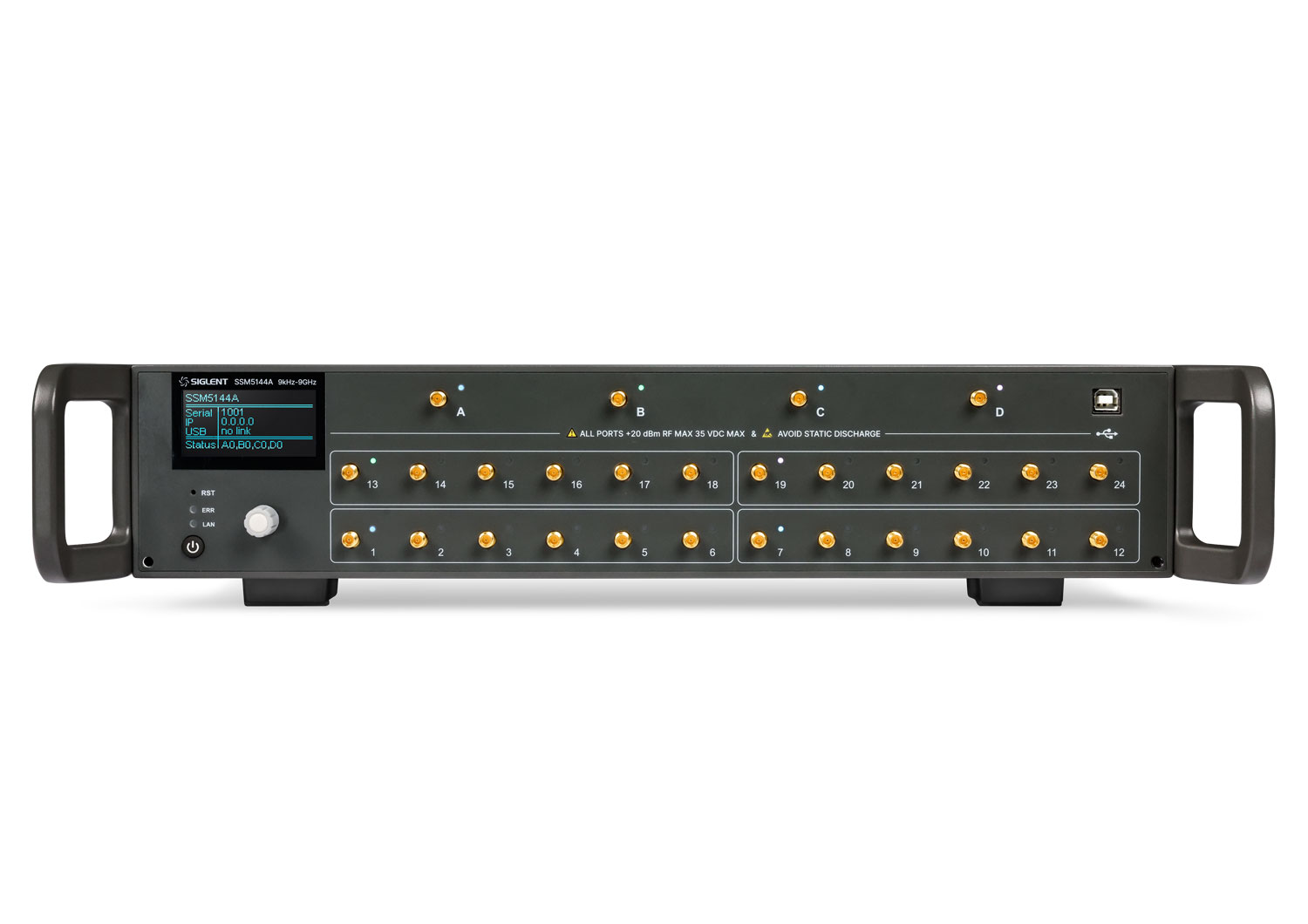












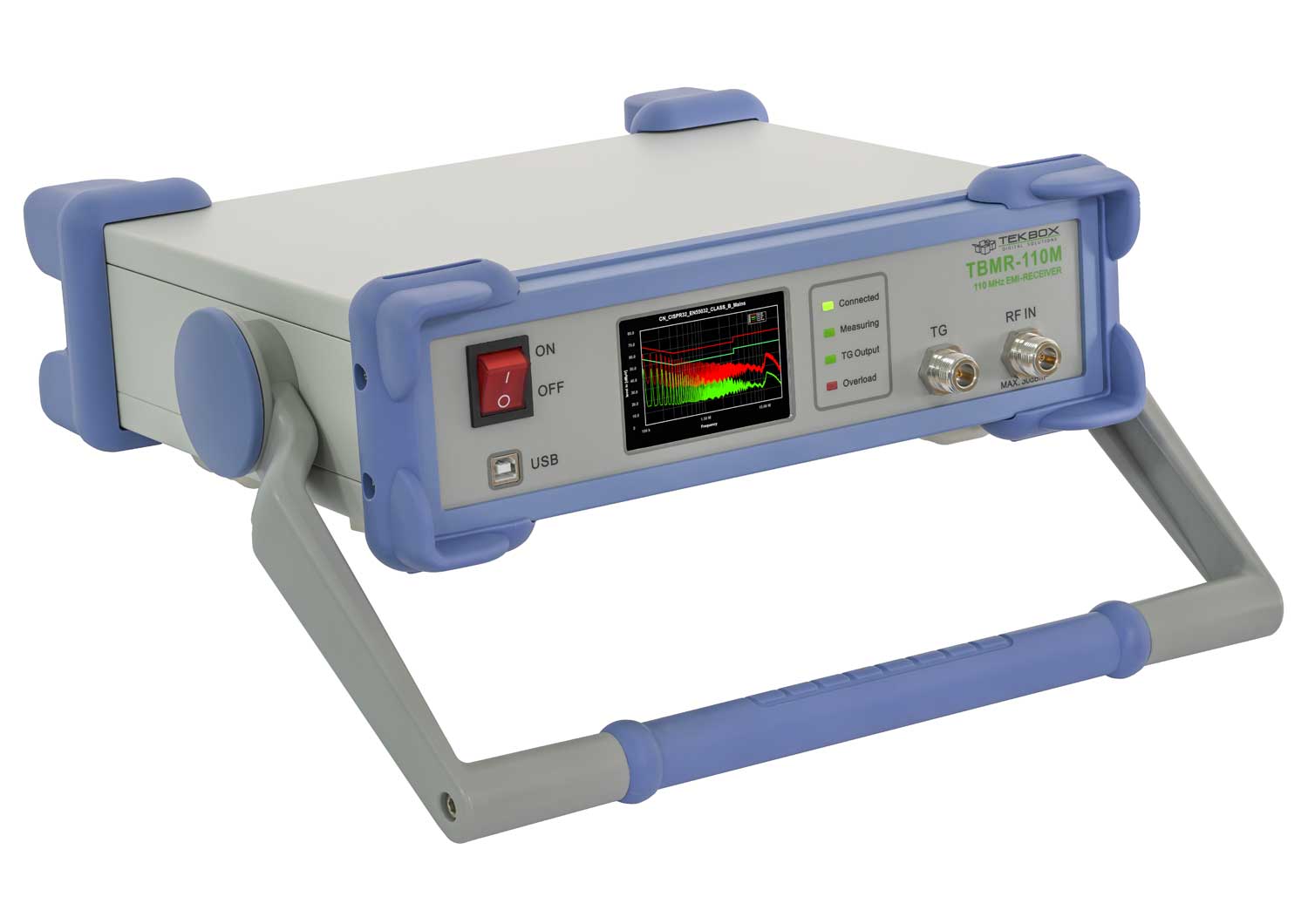
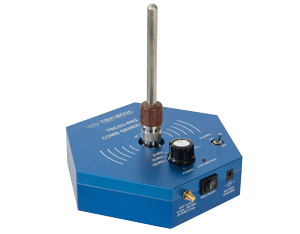

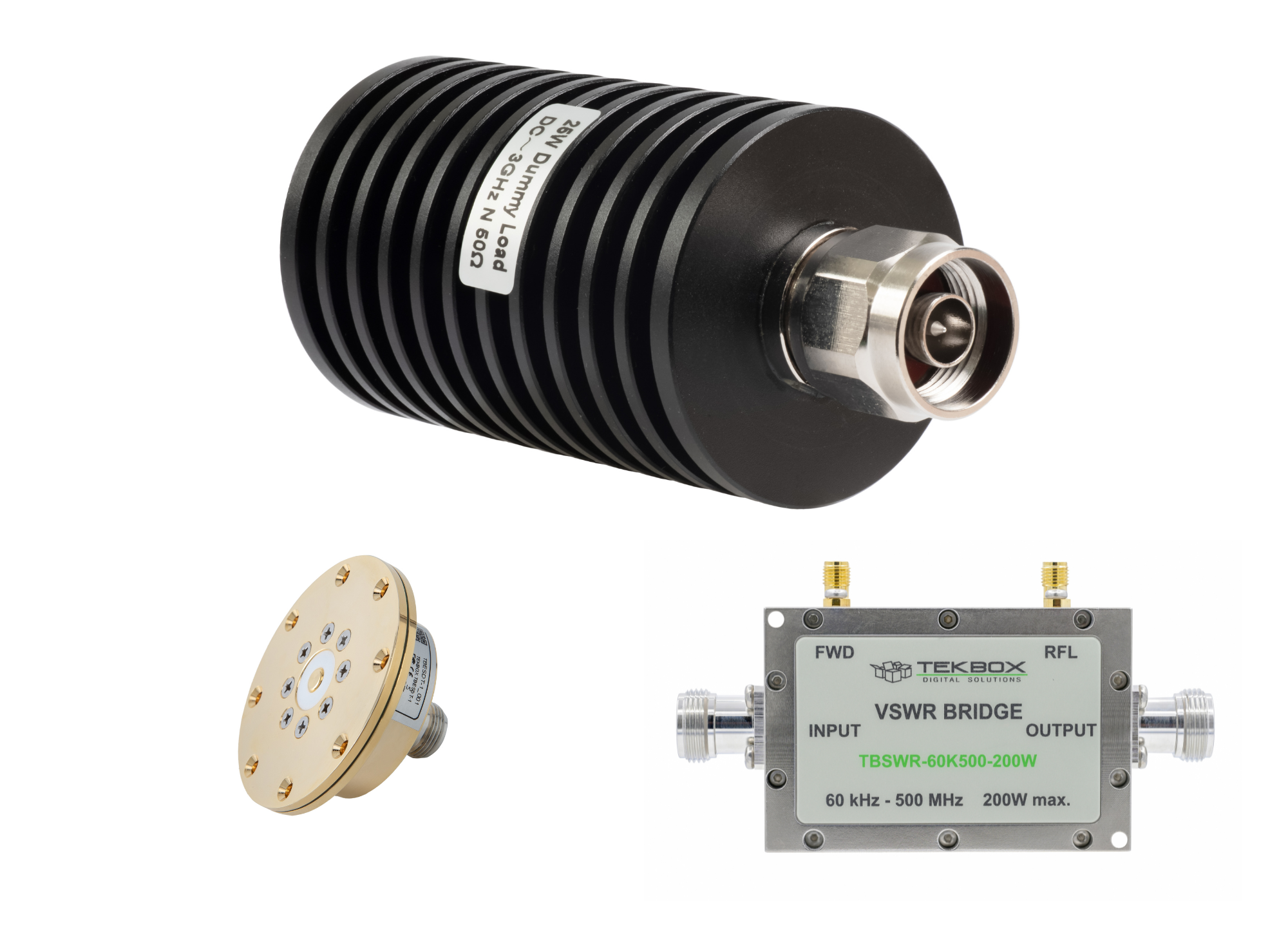




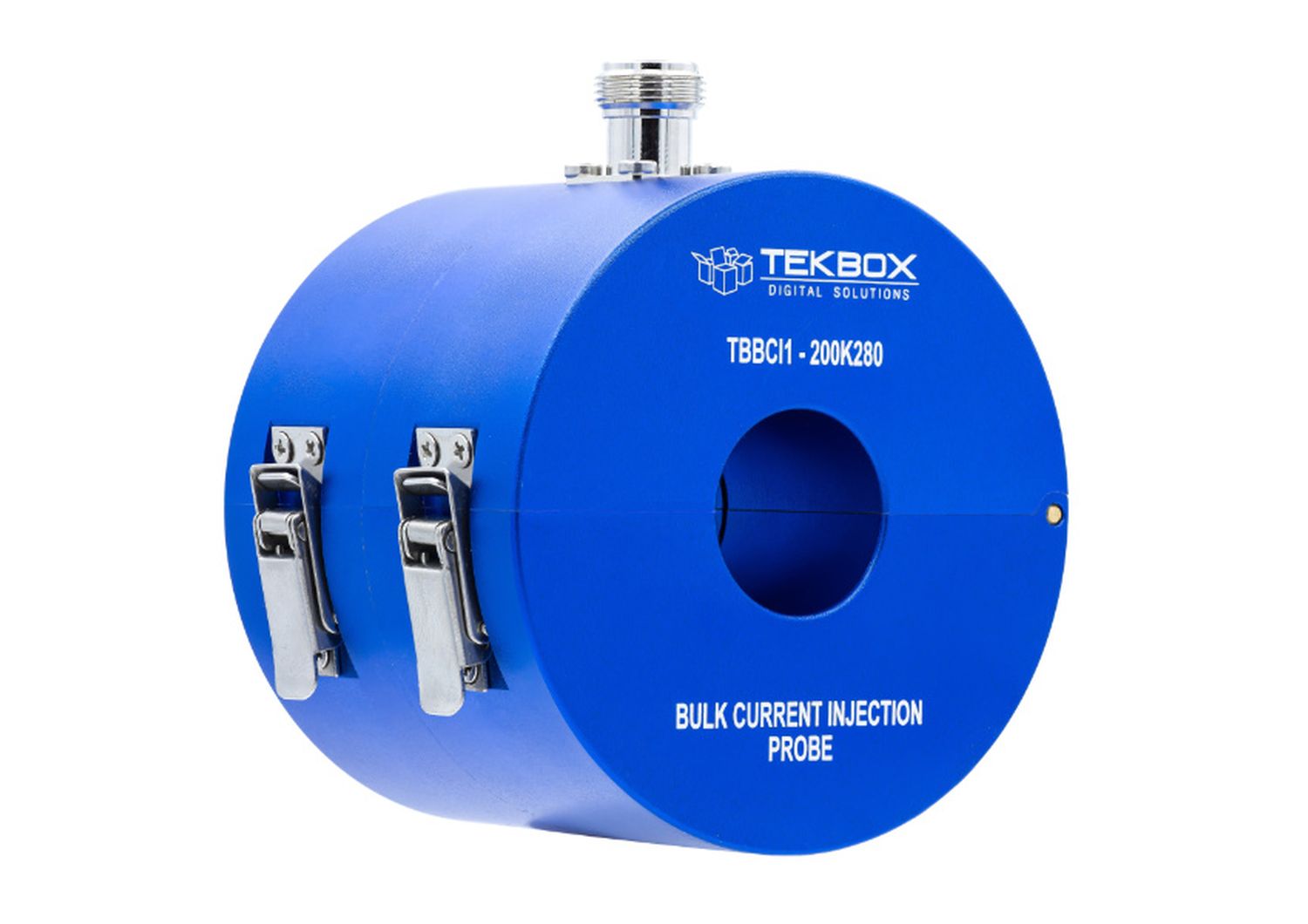



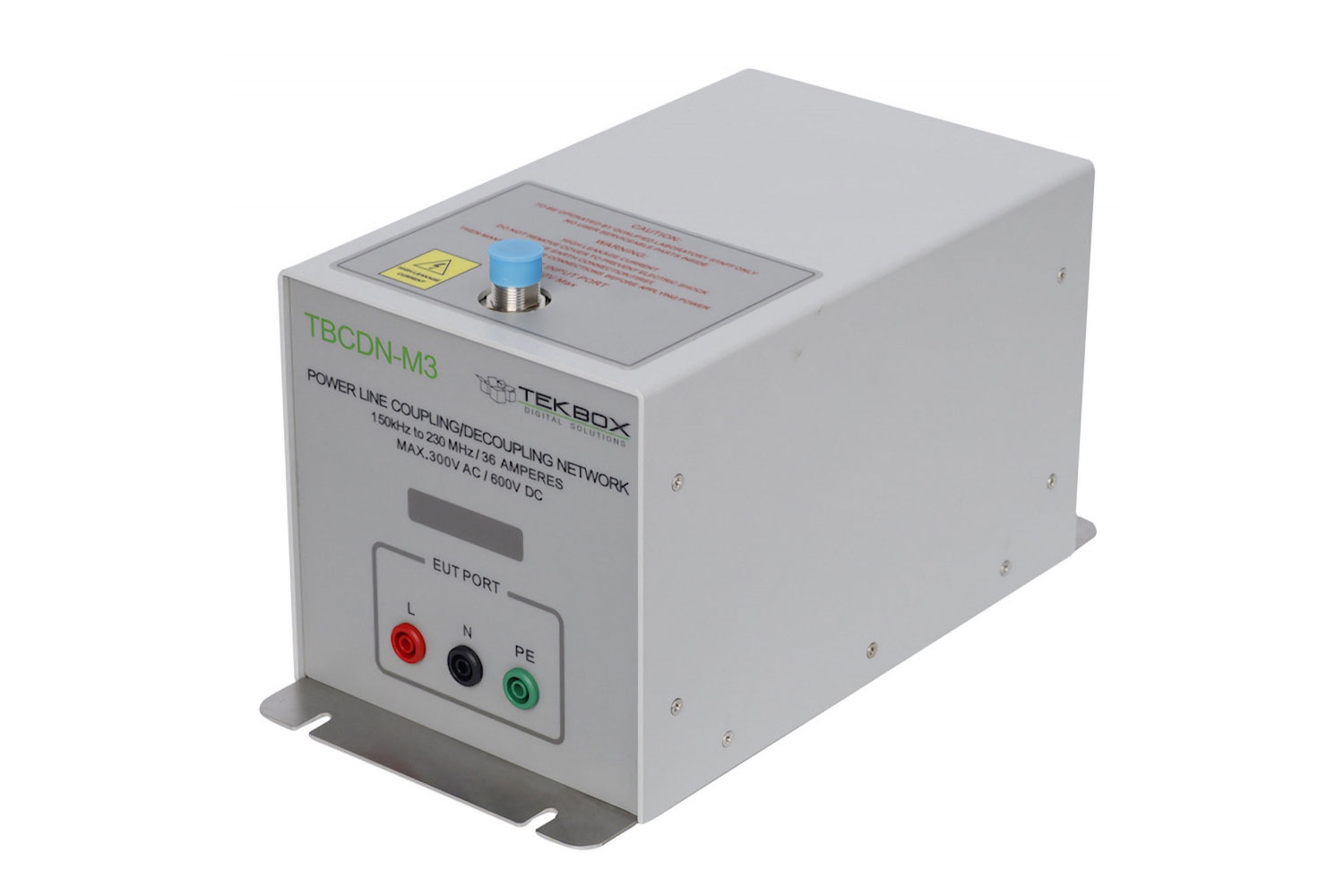
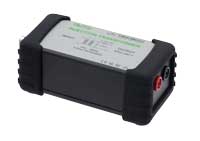















 FREE SHIPPING £75+
FREE SHIPPING £75+
 CELEBRATING 50+ YEARS
CELEBRATING 50+ YEARS
 PRICE MATCH GUARANTEE
PRICE MATCH GUARANTEE
